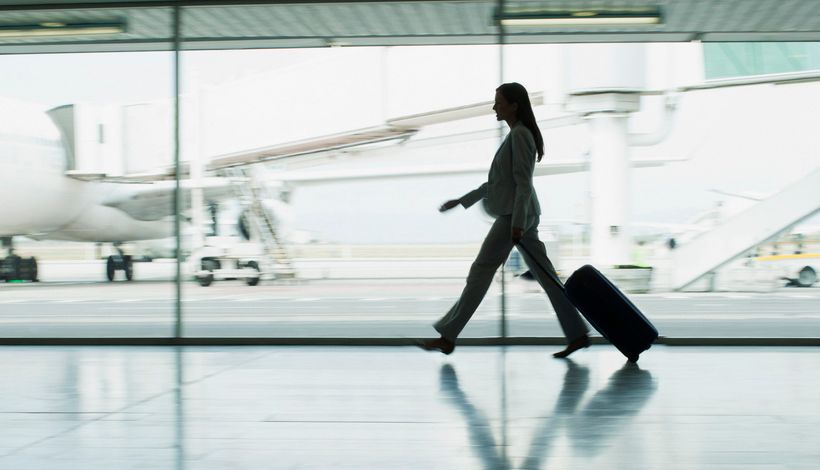7 Important Things You Need To Know About Passports & Visas!
For budding travellers, holding their first passport is almost a magical thing, offering a sense of pure possibility and excitement.
You finally made the time and saved enough cash for your first overseas trip, but you start sweating as soon as you start thinking about sorting out your travel documents.
You’ve heard about your cousin’s 3 hour-delay at passport control or the visa approval nightmares that circulate on social media, but its not as bad as it seems.
Here 7 things about passports & Visas
1.Tripple Check-Your Visa Requirements

Unlike a sought-after USA or European passport, Indians have less options when it comes to visa-free countries aka hassle-free travel destinations.
Always find out about the visa requirements for Indians for the country you’re visiting from multiple internet sources and do a third check by just calling up the country’s embassy in India.
2.Applying To First World Countries

Flying to Europe, Australia or USA? Their visa processes are known to be a drag, so try to do your application three months in advance, or six weeks minimum.
Make sure you make a list of all the documents you need and that you keep a paper trail of all your transactions and interactions with the relevant embassy, in case they make life difficult.
3. 6 Months Validity Requirement

Most countries require your passport to have six months of remaining validity.
As a general rule, you should always make sure your passport will remain valid for six months beyond your planned trip. You never know if your travel plans are going to change, and the last thing you want is to be stuck.
To name a few Italy, Vietnam, Turkey & Thailand require you to meet this criteria.
4.Blank Pages

A handful of countries require at least one or two fully blank visa pages for valid entry. This requirement could be for either an entry stamp or a visa.
Countries that require a passport to have a blank page in order to be stamped include Mexico, Canada, the United Kingdom, and Germany.
Italy, Sweden, Singapore, and Iceland along with several others require at least two blank pages for an entry stamp.
5.

Hold on to your old passport, even if you’ve never used it.
Some countries want to see where you’ve been and in an age where countries are zooming in on where people have travelled before it’s better to have it than not.
It can also be used as a backup to prove your identity in case something happens to your new one.
Just make sure you don’t give the expired one to the passport control officer!
6.Make Certified Copies Of Your Passport

Before heading off on your Instagram-happy holiday, make a few scans of your newly-minted passport and go over to your local police station, post office or a gazetted officer to get them certified.
Leave one with a close relative or friend in case you need their help back home. Also, keep a copy of the scan on your phone.
This will help you in case there is a natural calamity or you use your original passport at your destination.
You can never be too prepared!
7. Hire A Professional If You’re Struggling

Hiring a third party to help out with visa applications might seem like a waste of money when you can do it yourself, but if you have a short notice period or travelling in a large group, the hassle saved is worth the price.
They know all the loopholes to getting it processed faster and will follow up on your behalf saving you time.
There are lots of companies you can approach, but always check online reviews and ask the social media universe for advice.

























































